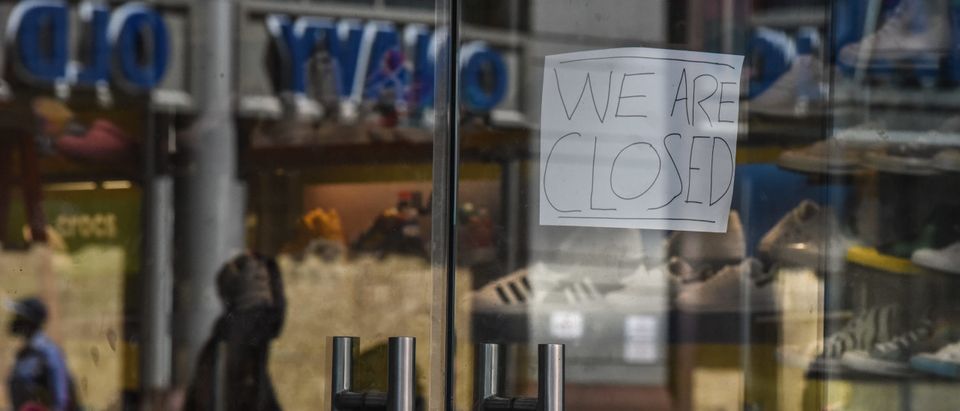

On April 4, Governor Cuomo announced that the Chinese government had arranged for a donation of 1,000 ventilators to be sent to New York through foundations run by billionaires Jack Ma and Joseph Tsai.

On March 31, the first death of a child from COVID-19 in New York City was recorded. Refrigerator trucks were set up on city streets outside hospitals to accommodate the overflow of bodies of the deceased. Field hospitals were also set up in several places citywide. The USNS Comfort hospital ship arrived in New York Harbor on March 30. Refrigerated trucks filled with COVID-19 victims outside a hospital Between March 28 and 29, the number of deaths in New York City tripled from the previous 24-hour period 222 people died of the virus, bringing the city's fatalities to 672, with 30,765 confirmed cases. Queens was the worst-affected borough by number of deaths, with over a third of total deaths the majority of the deceased had underlying health issues. On March 27, infection in New York City surpassed 23,000, with 365 deaths. The reasons for the high infection rate continue to be discussed. At the time, the city's infection rate was five times higher than the rest of the country, and its cases were one-third of total confirmed US cases.

The virus then grew exponentially by March 25, over 17,800 cases had been confirmed in New York City, with 199 deaths. New York City public schools closed as of March 16, and remote learning began on March 23. Cuomo announced a New Rochelle "containment area" on March 10, and the World Health Organization declared a global COVID–19 pandemic on March 11. Six days later, on March 9, Mayor Bill de Blasio announced that there were 16 confirmed cases of COVID-19 in New York City. On March 3, New York Governor Andrew Cuomo announced that the first recorded case of person-to-person spread in New York State had been confirmed via a New Rochelle man who was working at a law firm within One Grand Central Place in Midtown Manhattan. It’s empowering to see SAP’s technology illustrate a story and bring about clarity in this time.New York City Subway passengers on March 9, when there were 16 confirmed cases of COVID-19 in New York City, with NYC Transit Interim President Sarah Feinberg on the right Many thanks goes to the SAP pre-sales team, public relations team, and Analytics marketing team for making this achievement possible. This gives a bigger-picture overview on the impact of lockdown measures on one of busiest cities in the world. On the other hand, the biggest declines in complaints were related to illegal parking, blocked driveways, and missed garbage collections, likely given the parking restrictions and rules placed on the city, and the dramatic decrease in number of people going out-and-about. At the same time, retail stores-related complaints experienced a 12-fold increase from January/February to March/April, likely traced to the frantic stock-up for retail items such as hand sanitizers, disinfectant wipes, masks, and food. However, the largest source of complaints came from loud music/partying from residences from the period of March 1 st to April 23 rd, likely tied to the overall increased irritability experienced by New Yorkers. From March 28 th to April 23 rd, 17,682 calls were related to social-distancing incompliance. In late March, New York’s 311 hotline received its first complaint about someone not adhering to social distancing rules, and since then, has been the fastest-growing source of complaints. SAP Analytics Cloud successfully turned the data into a story, which was then pitched to various news outlets and told through an article on Fortune Magazine.Īs the Fortune Magazine article is gated to paying readers, I will summarize the findings below. The SAP team took initiative to analyze millions of lines of NYC 311 call data to extract insights and trends that show the changes that took place pre-COVID versus now. The NYC 311 call-center is the city’s non-emergency hotline, whose call data can effectively illustrate the story of New York City’s lifestyle changes – and even more interestingly, the things that people are focusing their attention on. In times of uncertainty, densely-populated locations such as New York City are experiencing an adjustment to a completely different way of life since the statewide lockdown took effect.


 0 kommentar(er)
0 kommentar(er)
